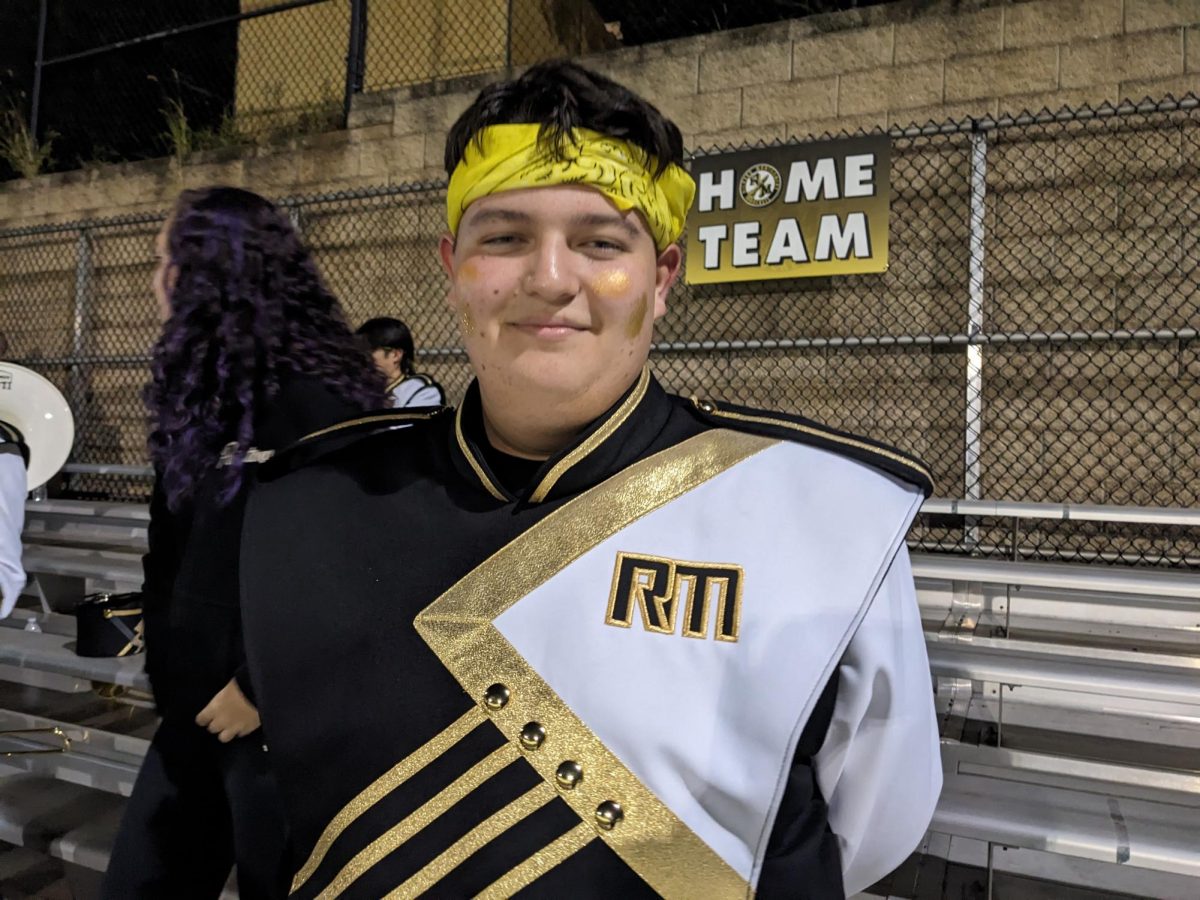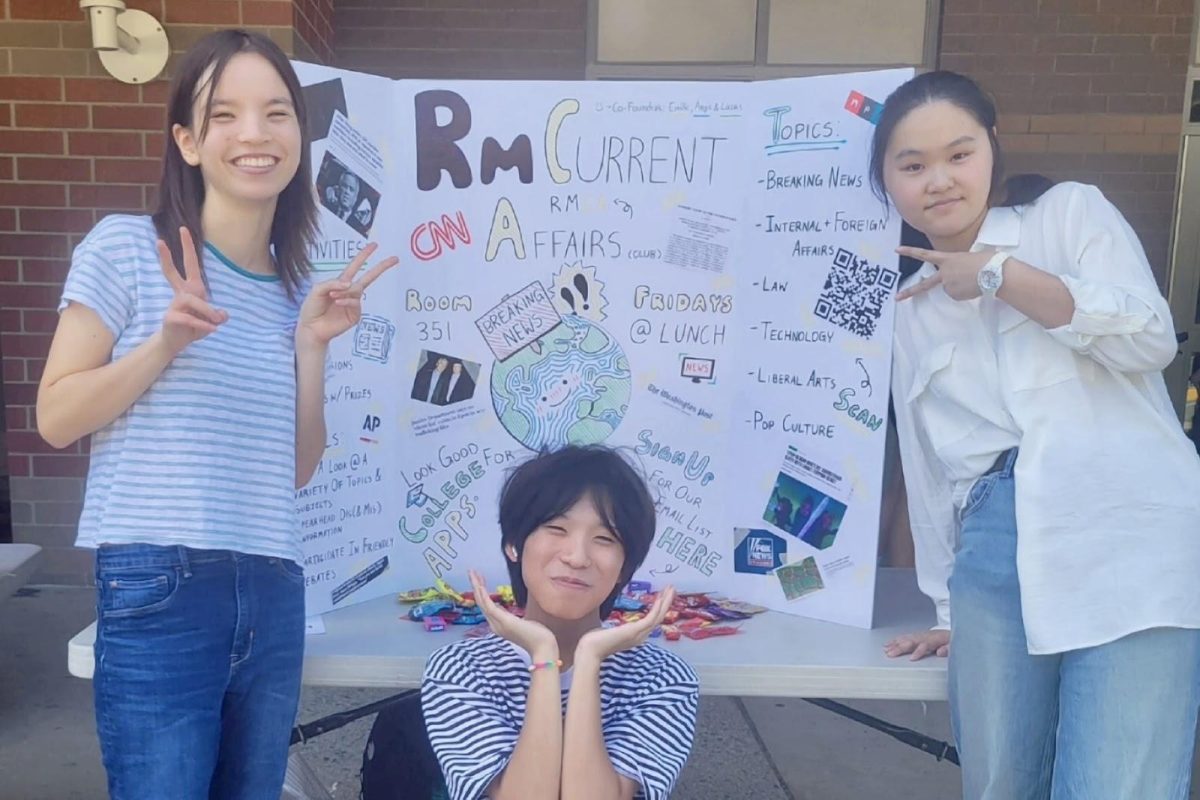Winter break. Receiving gifts. Spending time with family and friends. With the start of winter, students are excited to celebrate some of their favorite holidays. Even though Christmas may be the first winter holiday to come to mind, RM students are very diverse and celebrate lots of different holidays such as Hanukkah, Kwanzaa and St. Nicholas Day during the winter time.
The eight-day Jewish celebration known as Hanukkah or Chanukah commemorates the rededication during the second century B.C. of the Second Temple in Jerusalem.
People celebrate Hanukkah in many ways. Lighting the menorah, a nine-branched candelabrum with one candle lit each night, is the central ritual of Hanukkah. Many families enjoy playing dreidel, singing songs, decorating their homes and giving each other small presents each night. Hanukkah is a time to celebrate the goodness in the world and to remember righteousness against the wicked.
“I really like celebrating Hanukkah with my family and playing dreidel,” freshman Ilana Marcus said. “My family has a tradition where one night we do a charity night, so we don’t get any gifts and we donate. It’s one of my favorite parts [of the winter season] because I get to be with family.”
Countries around the world have different cultural traditions during the winter season. Christmas in France is a time for family, friends, food and celebration. The festive season begins on St. Nicholas Day, when Saint Nicholas visits children who have behaved well. In some regions, Saint Nicolas delivers presents on Dec. 6.
Many people in France put up a Christmas tree, visit a special church service, eat an elaborate meal and open gifts on Christmas Day. While these aspects of the holiday in France are similar to the US, there are many small traditions that make the holiday different.
“We don’t have those big socks. We have our shoes, we leave our shoes for Santa Claus,” French teacher Florence Falloux said.
French children leave their shoes or slippers by the fireplace or under the Christmas tree instead of stockings. If they have been good, Santa Claus, also known as Père Noël, will leave treats in their shoes or slippers.
“We have turkey at Christmas, with chestnuts,” Mrs. Falloux continues. “We go to the midnight mass. One of my most beautiful memories is going to the Cathédrale Notre-Dame in Paris and listening to the singing in the midnight mass.”
Christmas in Spain is celebrated from Dec. 24 to Jan. 6, but the festive season can start weeks earlier.
“We start seven days before the 24th,” English teacher and native Spanish speaker Nilma Martin Antonetti said. “We start going to masses at five o’clock in the morning and then from there, we go to different homes and they’re waiting for us to sing and they greet us with hot chocolate, coffee, bread and cheese.”
There are many ways to celebrate Christmas in Spain. Families gather together to enjoy a large meal, attend masses, participate in the Christmas lottery, shop at the Christmas market and walk around the cities looking at the wonderful light decorations.
“We have the 24th, which is La Espera, a mass at 12 o’clock in the church,” Antonetti explains. “After the mass, there is a big dance in La Plaza and [people] stay there until early morning. Then we have the day of the king, January 6th, and that’s when we exchange presents. Children have to put grass for the camels, not milk and cookies!”
If you would like to voice your opinion on an issue you feel is relevant to our community, please do so here. Anyone is able and welcome to submit a Letter to the Editor, regardless of journalistic experience or writing skills. Submissions may be published either online or in a print issue.









